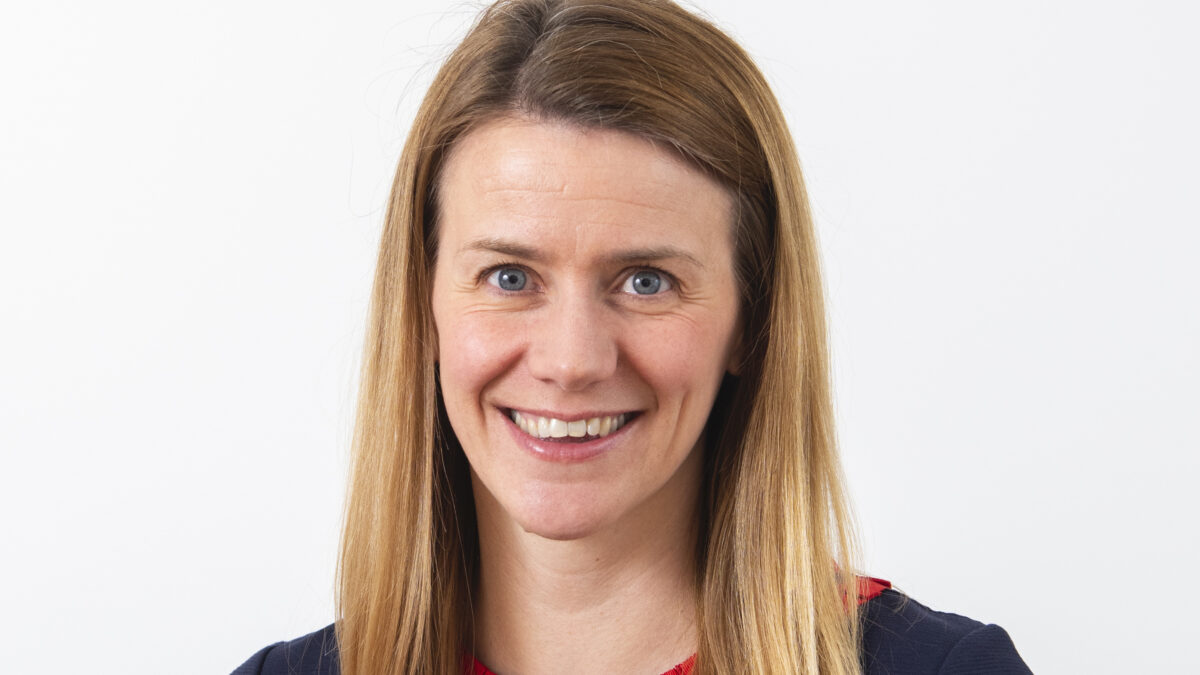A new digital infrastructure ‘asset map’ showing over 140,000 potential sites to locate mobile network equipment has been unveiled by a government-backed connectivity scheme.
The online Infralink-Exchange platform gives mobile network operators sector access to public sector owned assets such as land, buildings and street furniture assets across the pilot region of Tayside (Fife, Perth & Kinross, Dundee City and Angus Councils).
Infralink-Exchange is one of eight pilot projects focused on making public assets available to speed up 4G and 5G deployment. All projects were awarded UK Government funding earlier this year.
The launch follows on from the work of the Infralink programme, established by public sector infrastructure body, the Scottish Futures Trust (SFT) and funded by the Scottish Government. Infralink is aimed at streamlining and speeding up the process of identifying and installing digital communications equipment on public sector buildings and land.
The asset information is hosted on Sitenna’s platform and can be used to promote the assets and the terms they can be leased on. Providing a single point of entry, standardised commercial tools and a digitised lease management tool allows smoother interactions between local authorities and industry during contract negotiation.
Sarah Eynon, programme director for digital infrastructure at SFT, said: “This is a significant step forward for the project because it means mobile network operators seeking to improve coverage in communities across the region can easily access the robust database of over 140,000 assets and easily find out where they can install macro and small cell equipment as well as details of potential willing landlords.
“Increasing Scotland’s connectivity is a crucial economic driver towards post-pandemic recovery and to further attracting inward investment. Key to the success of the pilot project is having a process for data identification, incorporation and management that is sustainable and can be applied across the whole of Scotland.
“We will share what we have learnt and the approach we have used, to allow others to replicate it and use it across the country to help facilitate swifter and wider adoption of 5G, and the widespread benefits this will bring.”
Councillor Beth Whiteside, Angus council leader and chair of the of Tay Cities Region Deal Board, said: “The Infralink-Exchange pilot plays a key role in improving connectivity throughout the Tay Cities Region by bringing together public assets and industry to allow local citizens, businesses, and visitors to experience enhanced mobile connectivity.
“Our commitment to ensuring digital is at the heart of everything that we do, ensures that we will continue to deliver an inclusive economic growth, reform our public services and prepare our children for the workplace of the future.”
UK digital infrastructure minister Julia Lopez, said: “We have funded this innovative project as part of our pioneering programme to explore ways to cut red tape for telecoms firms looking to use roadside infrastructure and buildings to boost 5G coverage.
“It is just one way we’re dialling up mobile coverage right across Scotland, such as the government-led Shared Rural Network which will bring fast and reliable 4G signal to hard-to-reach areas through a £1 billion investment.”
Hamish MacLeod, chief executive of Mobile UK, said: “Connectivity is crucial to generating opportunities and driving economic growth. The Infralink programme is a pioneering initiative bringing together public assets and industry, and this milestone marks an important step in creating a streamlined process to enable quick and effective infrastructure deployment and ultimately extending mobile connectivity to more people.”
Economy Secretary, Kate Forbes, said: “The Infralink-Exchange pilot aims to invest in improved coverage across the region by streamlining processes like identifying sites, drawing up contracts and beginning onsite work. It may also help the mobile industry work with Tay Cities local authorities.
“This project, financially supported by the Scottish Government, could help create jobs while promoting prosperity and improving technology and connectivity in line with our National Strategy for Economic Transformation.”




